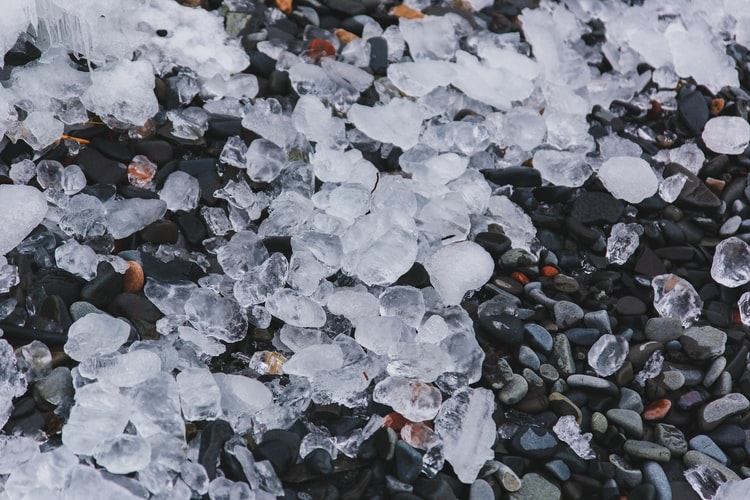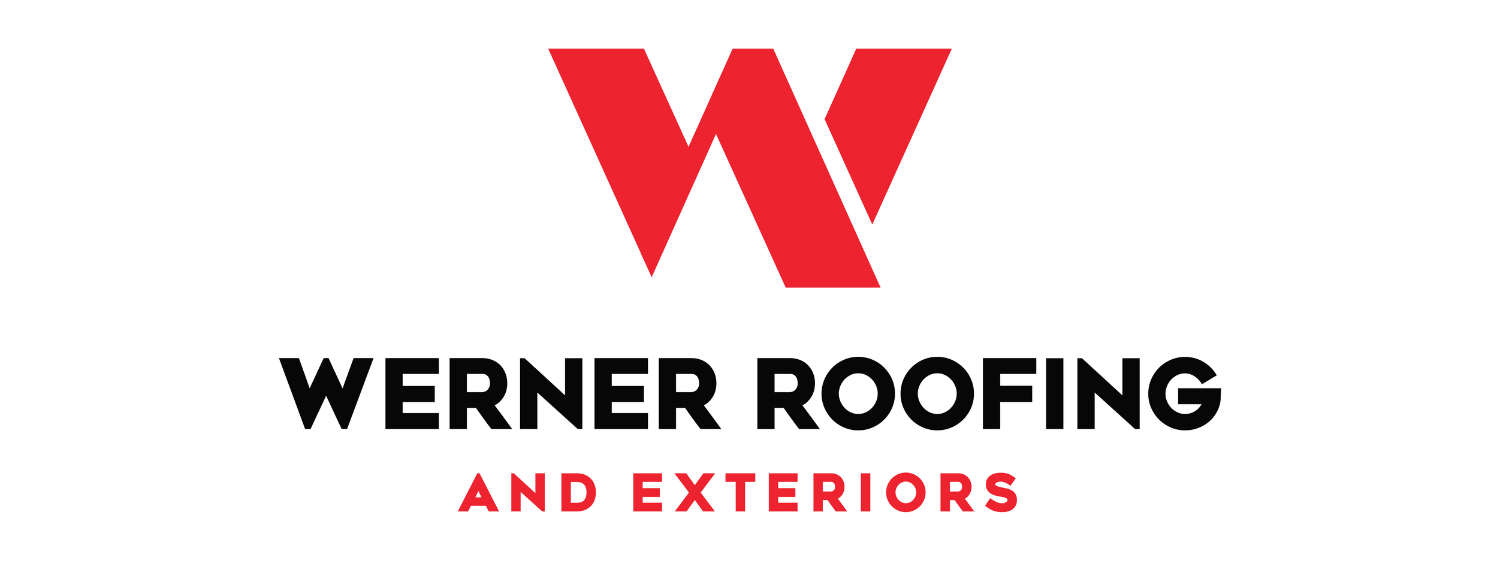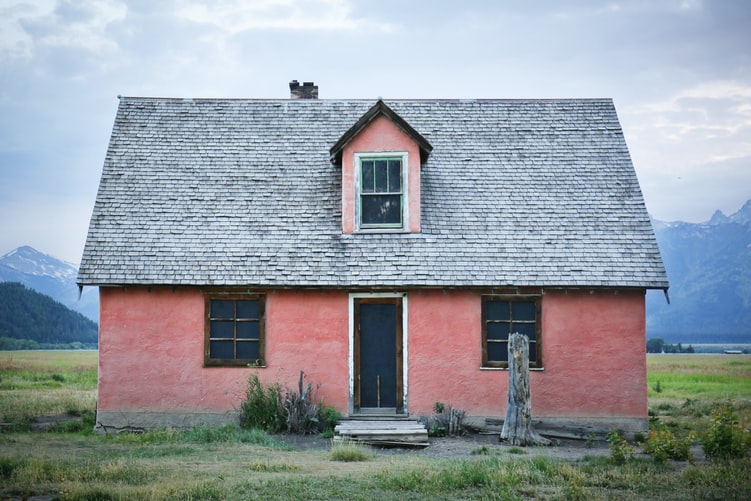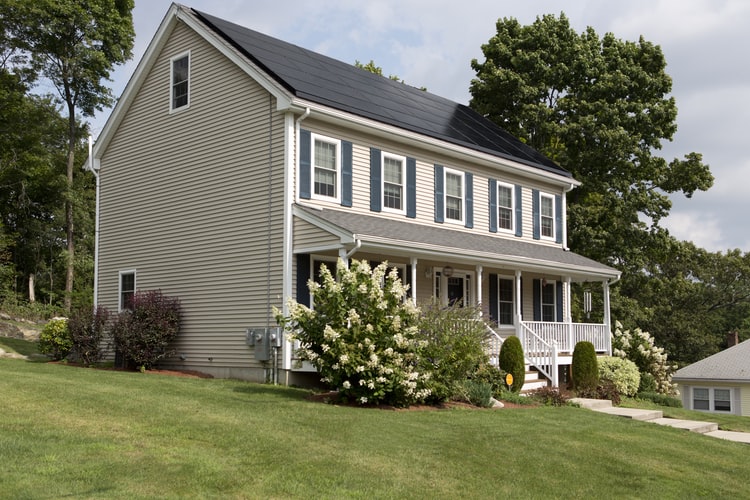
Metal Roofs and Hail: What You Need to Know
Metal roofs and hail get along better than you might expect. Metal roofs can handle hail extremely well, even better than most other roof types. Even in extreme weather situations, damage to a metal roof will take the form of small dents, but not puncture, break or tear the roof.
Hail damage to a roof is usually not the hail itself, but the water that can seep through a roof damaged by hail. If there’s a crack in the roof, water can flow through it and cause serious damage to home interiors and trigger long term problems like mold and rot.
All roofing types, including shingles, tiles, and shakes can be damaged by hail, but metal roofs are highly resistant to damage. Hail damage to a metal roof, if it occurs, will very likely be small cosmetic dents and not cause structural problems, puncture the metal or compromise its integrity.
Factors That Affect Possible Hail Damage
If there is a hail storm in your area, certain factors can determine how damage to a metal roof is deflected or weathered.
Strength of Storms
The strength of the storm will determine the size of the hail that can form. Most storms produce hail that is less than two inches in diameter. Metal roofs are routinely tested in technical development to handle this size of impact. If you live in a region where more extreme hail is common you may need to consider a metal roof that has ribs or striations to deflect hail blows.
Slope of Metal Roof
Similar to how hail damage appears on an exposed car, most of the dents occur where the surface is nearly flat. On a metal roof, the steeper the slope, the less force hail can exert directly on the surface and the less likely it will dent.
Structural Support of Metal Roof
If your metal roof has a sturdy support that limits how much the metal can flex, dents are less likely to form. Conversely, if the roof is supported by a structure but open underneath, the metal can be pushed by the hail and may dent more easily.
Other factors that can determine the amount of hail damage a roof receives are the thickness of the metal, the panels’ structure, and the paint finish. Most damages will be cosmetic damages, like dents or scratches. Your insurance may provide coverage for cosmetic repairs.
Insurance Claims for Metal Roofs and Hail Damage
Insurance companies often favor homes that have metal roofs, offering reduced rates because they give better protection against hail than other roof types. If your roof has received hail damage or you want to prepare in case it does, take a close look at your insurance plan to see what it covers.
There are differences in all policies, but most will include sections on wind and hail damage. Some policies will only cover structural failure and not cosmetic damage that doesn’t cause the roof to fail. Other policies may offer a cash value if you need to replace your roof that depreciates over time. Read the fine print of your policy so you know if you’re covered if damage occurs, or if you need to make changes to your insurance coverage.
Hail Damage Waiver
You may have been asked if you want to sign a waiver for wind and hail damage. By not signing the waiver, your policy should protect your roof both structurally and cosmetically. If you waive these potential damages you could save a little on your premium, but you lose the guarantee that your roof is protected. Your decision depends on a few factors.
Location
Is hail a common occurrence where you live? If you want your roof to continue looking like new despite the threat of hail in your area, consider not signing the waiver.
Structure
Is the construction of your roof one that would deter or hide dents? For example, does it have a steep slope and is it made of a thick and ribbed metal? If so, you wouldn’t need to worry about dents except in extreme situations, and you might want to sign the waiver to save some money.
Value
If your metal roof is large and expensive, it’s worth paying to protect it. Not signing the waiver will protect your investment and maintain your home’s value.
Filing Insurance Claims for Metal Roofs and Hail Damage
How to file an insurance claim for your metal roof with hail damage:
- Contact your insurance company as soon as you notice damage to your roof.
- Consult a trusted contractor to meet with you and the insurance adjuster to evaluate the damage. The contractor can provide valuable insight into estimating repair costs and follow through to make sure any repairs or potential replacement match the original in strength and appearance.
- Reach out to your metal roof supplier to make sure they will work with your insurance company and supply the necessary materials.
- Find a contractor and roofing company you trust to carry out the repairs. You don’t have to use the suggestions of your insurance company. A company that you hire will be more likely to do a better job because they are looking to satisfy you as the customer and not your insurance company.
Has your metal roof undergone some hail damage? Talk to the Werner Roofing team. We regularly install and repair metal roofs and hail damage, and we’d be happy to take a look to see how we could repair yours. Reach out online or give us a call at 616-844-5382.



